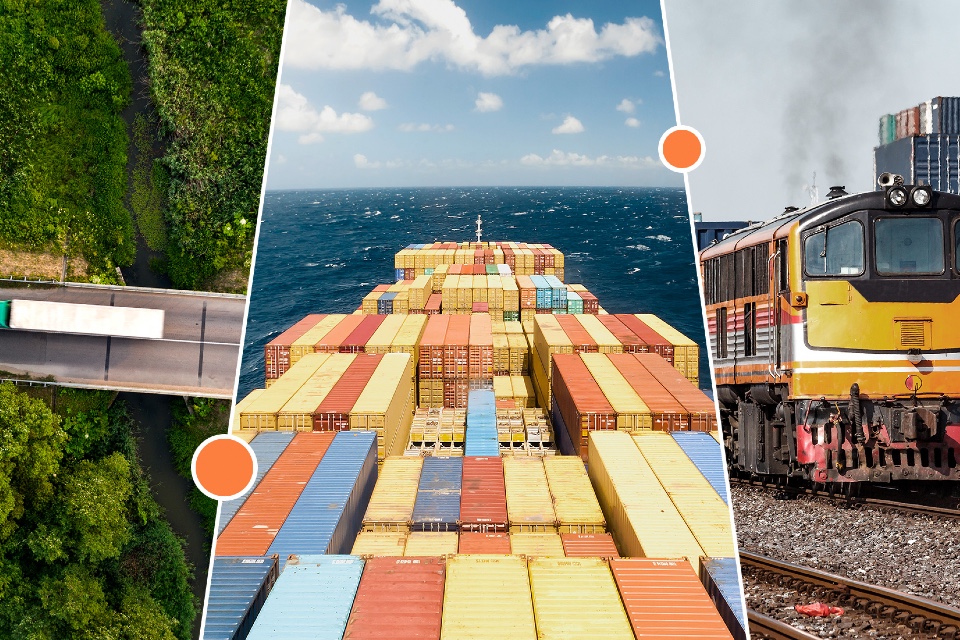Supply chain disruption is predicted to cost organisations around the world an average of US$184 million per year and demand is surging for better end to end visibility to improve resilience and response to disruption. While IoT has transformed supply chain visibility over the past decade, only 15% of the world is covered by terrestrial networks which means vital insight about freight location and status remains uncaptured. With innovative Systems Integrators (SIs) adding Satellite IoT to extend asset tracking across the globe, the industry can now achieve timely interventions to improve security, reduce wastage and carbon footprint and manage customer expectations. Eric Ménard, Vice President Strategy and Business, Astrocast, explains why the shipping industry is on the cusp of a Satellite IoT enabled revolution…
Systems Integrator Opportunity
For all businesses involved in transportation, from shipping to trains and road hauliers, accurate information about the location and working status of trailers and containers has become ever more vital. The accessibility of cost-effective Satellite IoT (SatIoT) solutions is opening the door for SIs to provide solutions to meet an array of operational demands across the supply chain.
Shipping lines can track containers not only at sea but on land, especially at ports. This helps to improve fleet management and optimise supply chains in the face of on-going disruption and unloading backlogs. Up to date information can support proactive maintenance, minimise asset downtime and improve supply chain resilience. Adding IoT temperature sensors is particularly valuable, especially for containers (Dry and Reefers), to improve control throughout the supply chain. If a power outage occurs that affects temperature within a reefer container, for example, the problem can be flagged to a control centre. If possible, an onboard engineer can then remediate the problem; if not, the cargo owner is immediately aware of the need to provide replacement goods to fulfil their obligations.
For high value cargo, including pharmaceuticals, adding satellite connectivity to operational IoT deployments is providing the ability to control the logistics chain from production through to end customer. It is minimising wastage, improving integrity and, as a result, reducing insurance costs.
Design Requirements
For SIs, the supply chain provides a compelling market opportunity. But how easy is it to add SatIoT to existing IoT solutions – and does the business case stand up? Certainly, the arrival of a satellite connection designed specifically for widescale IoT deployment is a vital component in creating Return on Investment (ROI). These Operational IoT applications, such as location tracking, do not necessarily require the continuous or real-time communication associated with high-cost, power hungry traditional satellite links. Reliable interim communication provided by modern cost-effective satellite services is good enough.
These solutions are also designed to use minimal power, a key consideration when attaching an IoT sensor to a shipping container which can cross the globe many times a year. Every part of the solution, from antenna design to robustness of equipment and battery life, must be optimised to ensure deployment is a one-off event. Ensuring battery life extends to 10 years can transform the ROI.
SIs can also explore the value of two-way communication, such as remotely changing the temperature set point of a reefer container, changing the frequency of temperature recording or confirming data transfer has been achieved through an acknowledgement mechanism. Ensuring the data is actioned in the field is also key to the ROI. A single, fast intervention to repair power failure to a Reefer container at sea could repay the entire investment for the entire fleet immediately.
Added Value Innovation
There are a number of additional areas of potential innovation to consider. Theft and piracy, for example, where thieves use technology to ‘block’ cellular networks and compromise existing IoT based alerts and alarms. Adding SatIoT – which works on a different network – to the solution provides another layer of asset security and tracking to minimise loss.
In addition, the ability to identify whether a container has been entered or tampered with in some way during the voyage, would support the war on piracy and drugs. Adding smoke detectors would raise the alarm when fire breaks out on board – an increasing concern if owners fail to inform the shipping company that the container holds self-combusting cargo such as Lithium-Ion batteries.
Indeed, the next step will be to extend the use of IoT from containers to individual loads, using tiny devices to track high value items all the way through the end warehouse or distribution centre destination. SIs can add even more value to this data, using Artificial Intelligence (AI) tools to offer customers more insight.
Conclusion
The shipping industry has a massive demand for better information to mitigate the impact of global disruption. But this is just the start for a market that has an array of complex operational challenges in its management of 50 million containers across the globe. The opportunity is compelling: SIs need to build a solid foundation and business case today.







